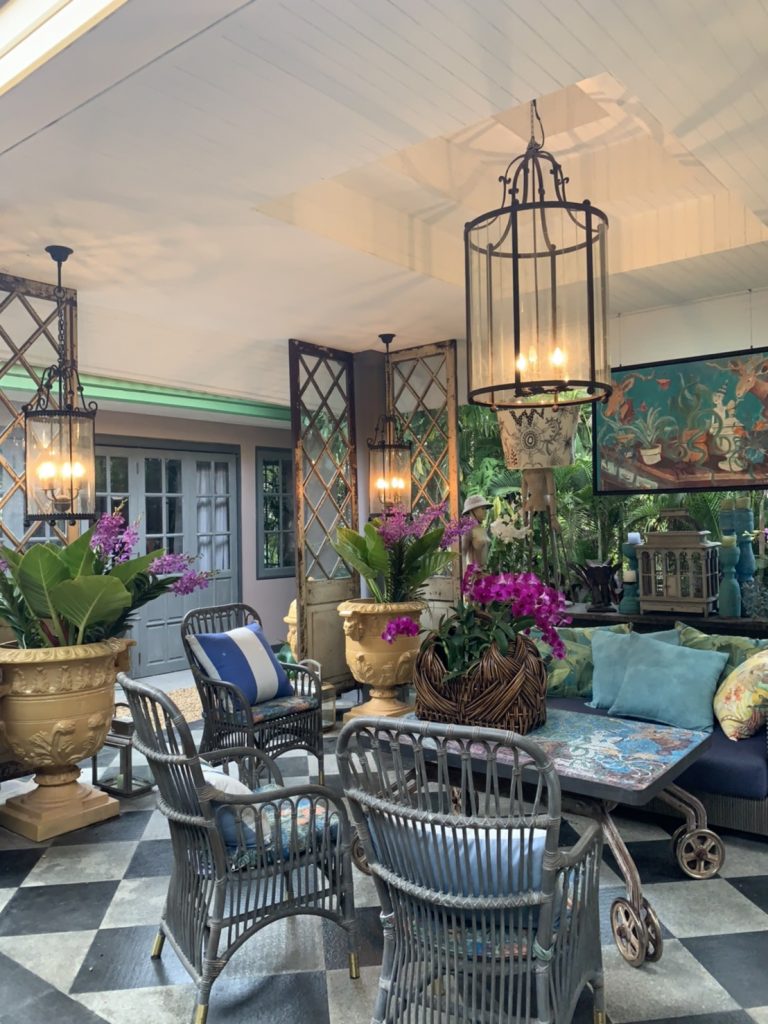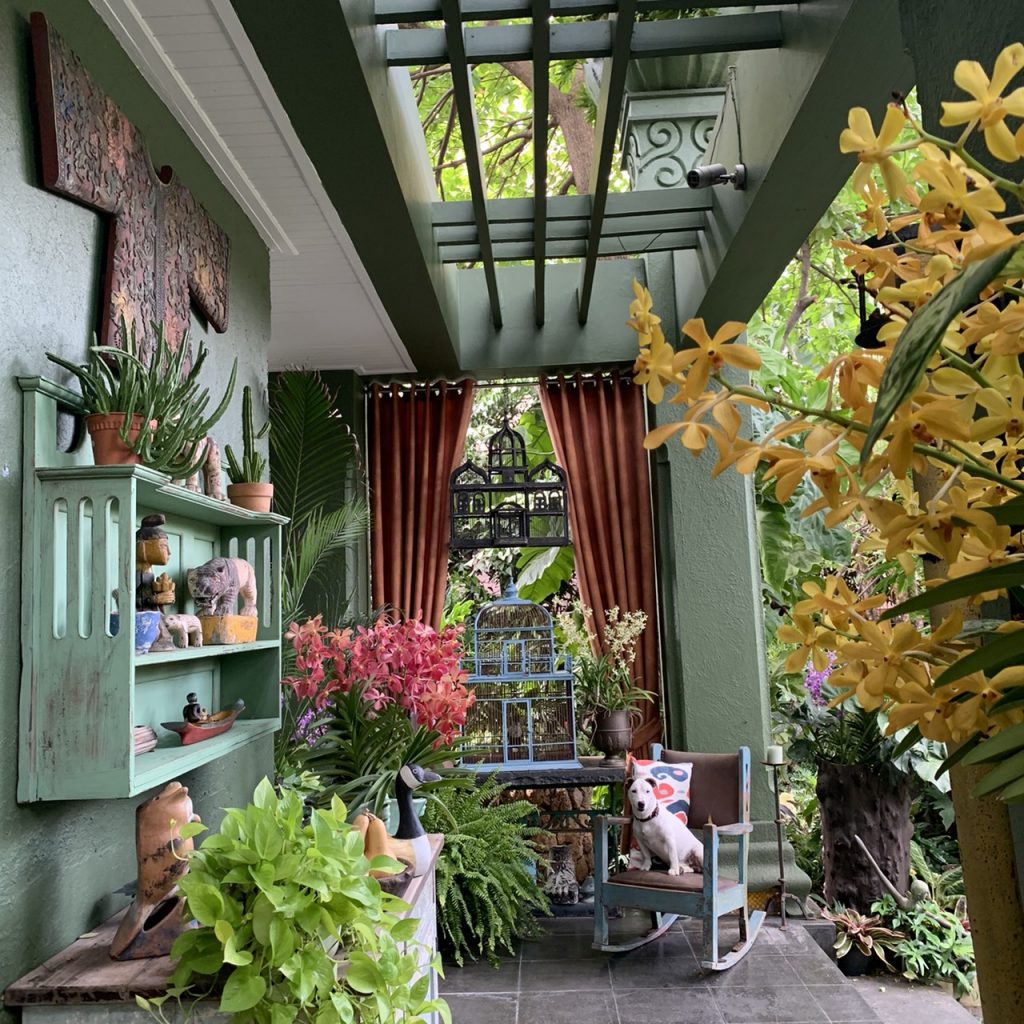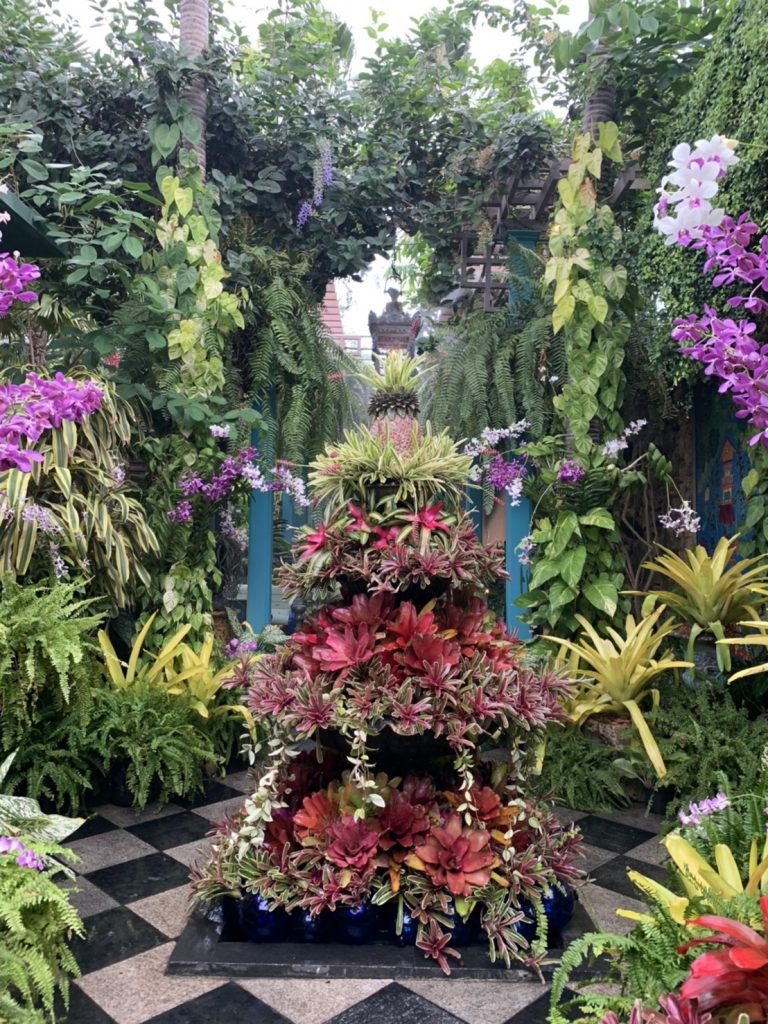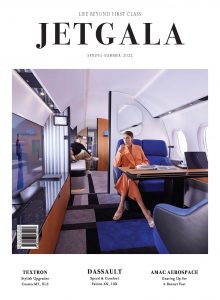A Big Win For Design And Nature
Peers in the interior design fraternity voted leading proponent of sustainable design, Bill Bensley, as Designer of the Year – Designers’ Choice
by Tallulah Lu
“I will admit to having a style which places Mother Nature on the top shelf; alongside her sits a respect for the lives of local people and their cultures.”
“The ‘Low-Impact, High-Yield’ principle advocates spending less on building materials for a handful of tents – than for a carbon dioxide-emitting concrete structure of 120 rooms.”
The Interior Design Confederation Singapore (IDCS) handed the Interior Designer of the Year 2020 award – Designers’ Choice category, to Bill Bensley. The category is significant for having interior designers themselves select the winner.
Bensley bested eight nominees chosen by the IDCS Council, including Andre Fu, Anouska Hempel, Yabu Pushelberg, LTW Designworks, Jean Michel Gathy, Joyce Wang and Tony Chi – who are among the leading hospitality designers in Asia Pacific and the world.
Raised in California and educated at Harvard University, Bensley moved to Asia in the early 1980s to work in Hong Kong and Singapore, eventually launching his design-led business in Bangkok in 1989, followed by another in Bali a year later. To date, Bensley and his team of 150 interior designers, architects, landscape designers, artists, have completed over 200 resorts, hotels and palaces in over 30 countries.
Media Group and Jetgala editor-in-chief, Marc Almagro, presented the Designer of the Year 2020 – Designers’ Choice category accolade to Bensley during the virtual awards ceremony held early this month. Almagro also interviewed the designer after the ceremony.

Marc Almagro: Congratulations, Bill! Over 1,200 of your peers across Asia Pacific voted for you – was that a big surprise? What does that mean to you?
Bill Bensley: It means a great deal as I never in a million years thought I would make it to the last eight designers, let alone actually win! It is very humbling and somewhat affirming to be voted for by one’s peers, people who I am inspired by constantly and in some cases had the chance of working with. It’s really special, and the most wonderful surprise! I feel very lucky.
Over some 30 years doing this, I have learnt that there is great merit in not playing it safe, and that If protecting our planet and helping local communities is something that tugs on your heartstrings, as it does mine.
It seems important to you that your practice is not associated or identified with one particular ‘style’. What do you mean by that, and why do you find that necessary?
I often get coined as a maximalist, which I am very content with! However, you are correct, I try not to get stuck into a signature style aesthetically. I love putting our clients first and foremost, and they always want their design to be something new and fresh and uniquely their own – understandably. It also allows us to keep growing and trying things we have not done before. I will admit to having a style which places Mother Nature on the top shelf – not to be compromised. Alongside her sits a respect for the lives of local people and their cultures, as like the world’s natural environments, they are disappearing before our eyes.
In your acceptance speech you encouraged your peers to adapt a ‘purposeful’ and ‘sustainable’ design. Why are these important in your profession?
At the point on our planet, purposeful and sustainable design is important not only in our profession but in every endeavor. It is paramount to our existence on our planet. We all need to be working more purposefully, be it helping others, as this pandemic and climate crises have left and will continue to leave many in dire straits, but especially in terms of sustainability and conservation.
As designers who create the buildings we will live in for the next century and hopefully longer, we need to think ahead. I am a big believer that one can never design anything better than what mother nature first created – so once we start digging we have already damaged that perfection. Minimal intervention, respecting the land and seas, and preserving them, is essential.
Things seem to be improving where design sustainability is concerned; a lot more design professionals seem to be committed to pursuing sustainability. Are you witnessing the same positive change among the clients – the people who commission designers to design?
Yes, it seems to be on the rise and I am so glad to see it. Some clients still need some easing into it, but more and more are receptive to the idea of upcycling – we are currently working on a project of upcycling train carriages into the most gorgeous hotel rooms! My dream is that one day we will do a hotel which is made of 100 per cent recycled materials….
Is there an effort among your peers to continue the dialog about sustainability with developers and the commissioning parties? How about government regulations – they must be of great help….
It depends where you work – I think government regulations are more progressive in terms of sustainability in the west, but building regulations tend to be stricter there and so they limit you. Here in Southeast Asia people are gradually becoming more receptive to sustainable building, but the best part is the savoir faire remains. Bamboo structures, working with natural materials – that is something innate to the craftspeople here, and our building regulations allow us to integrate their skill and get really creative with it.
This is a bit sensitive, but will you turn down an attractive offer to design a project where sustainability, in whatever manner, might be compromised?
Absolutely! Most of the time though, I will instead try to convince the client to change tack and see the benefit of sustainability for them, profit-wise.

Surely, you’ve done over 200 project all over the world, but can you name a couple of projects where sustainability is the central to the design. How were they implemented or worked into the design agenda, and how are they manifested in the completed projects?
Shinta Mani Wild and Capella Ubud are two key examples. At Capella Ubud, we were actually just hired to do the landscaping, with the original plan architecturally being an enormous in your face brick monstrosity of a hotel that would have obliterated the natural beauty of the site and perhaps more importantly it would have been an eyesore for the surrounding neighborhood.
Being a lover of nature and a landscape architect by training, I persuaded our good client Suwito to swap the 120 room hotel for a 24 tent camp that tip toes ever so softly on the land. Using this principle, which I call ‘Low-Impact, High-Yield’, you spend far less on building materials for a handful of tents than for an enormous, carbon dioxide-emitting concrete structure of 120 rooms, and you don’t cut down a single tree.
In fact, I came up with a system of bamboo structures that allows us to see exactly how our architectural proposal will fit into the site, and most importantly, between the trees. It also gives us the flexibility to pick up and move a ‘house’. A tent hidden in the jungle is ever so exclusive and sells for far more than a big-standard room – Capella Ubud currently holds the highest room rate in Bali! Big is not necessarily best.
Meanwhile, Shinta Mani Wild holds a very special place in my heart. It is in many ways, my dream hotel, from the zipline check-in, to the immersion in one of the last great wildernesses of South East Asia, and the conservation efforts at its heart.
A 15-tent luxury camp at the heart of the Cambodian jungle, which plays a vital role in protecting a small part of Cardamom National Park, it is the culmination of my life’s work; that is taking everything I have learned about hotel design in 35 years to create a great series of experiences. Our handful of divine little tents in the forest fund the protection of the forest by the Wildlife Alliance, day in and out, and teach all our guests about conservation as well.
Guests walk with the Wildlife Alliance private army and learn what they do, they boulder hop our glorious river, kayak the coastal rivers, swim under a waterfall with breakfast waiting at the riverside.
Best of all, (Shinta Mani) Wild has created work for 120 people, 70 per cent of whom are from the local village. Many were poachers and loggers, as this region had little infrastructure and fewer opportunities to work: it is a long-term employment opportunity without which they would be forced to turn to destroying the local flora and fauna.
Congratulations again, Bill.
Thank you, Marc.

Bill Bensley’s white paper ‘Sensible Sustainable Solutions’ is available at bensley.com.







